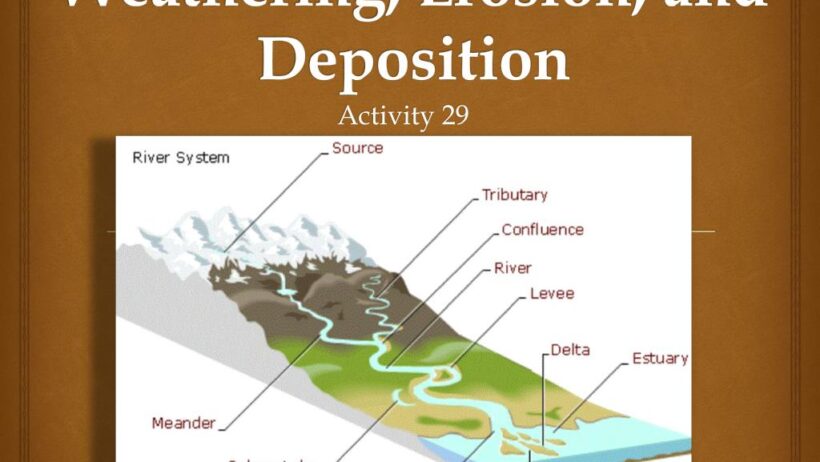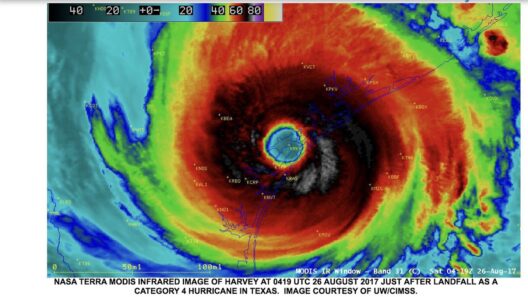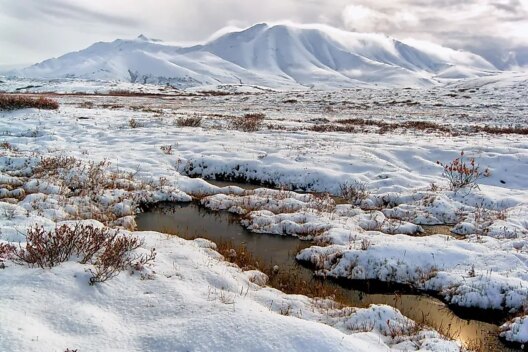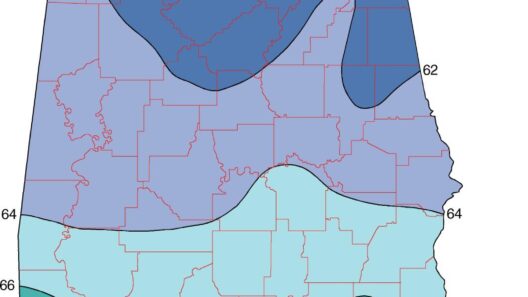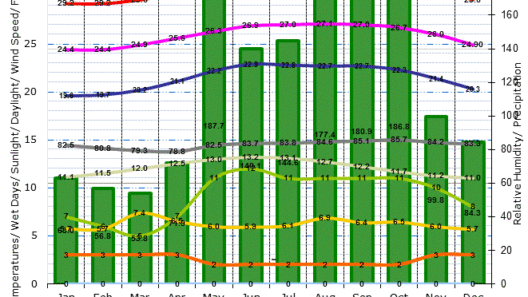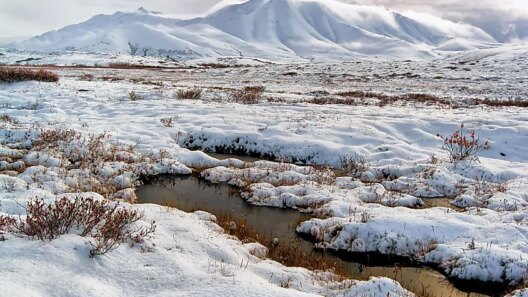From sun to stone, the intricate relationship between climate and the weathering of Earth’s surface is a testament to nature’s relentless power and subtle artistry. This complex interplay of elements, forces, and time has sculpted the planet’s landscape, revealing a dynamic narrative embedded in the rocks, soils, and sediments that surround us. Understanding this relationship is crucial not only for geology but also for the broader implications it holds for environmental science and climate change.
Weathering, at its core, is the process that breaks down rocks and minerals at or near the Earth’s surface. This can occur through various mechanisms including physical, chemical, and biological means, each significantly influenced by climatic conditions. Physical weathering, for example, refers to the disintegration of rocks through processes such as freeze-thaw cycles, thermal expansion, and abrasion. In climates characterized by significant temperature fluctuations—regions where the sun etches its heat into the very fabric of the earth—rocks are subjected to stress as they expand in the warmth and contract in the cold. The relentless pursuit of temperature extremes diligently shatters even the most robust stone, revealing the fragility of geological structures over time.
Chemical weathering, on the other hand, activates when climate introduces water and gases into the equation. Rain, rich in carbonic acid, weaves a symphony with minerals, leading to reactions that dissolve and alter the chemical composition of rocks. In humid climates, the increased availability of moisture accelerates these processes. This intimate dance between water and minerals does not merely deconstruct the rock; it also releases nutrients essential for the delicate web of life on Earth. Therefore, the climate proficiently serves as both the artisan and the audience to the weathering spectacle.
Biological weathering further enhances this potato-peeling process. Organisms, from the smallest lichen to majestic trees, contribute to the breakdown of minerals through their growth, metabolic processes, and physical activities. Roots infiltrate cracks, and as they grow, they apply immense pressure upon surrounding rock. This biological element is especially pronounced in temperate climates where biodiversity flourishes. Considering climate as a nurturing mother to these organisms, it becomes evident that the ecosystems thriving in these environments are indispensable to the weathering saga.
In the context of climate change, the dynamics of weathering take on an even more significant role. The shift in climate patterns modifies the energy balance of our planet. For instance, as temperatures rise, we witness an increase in erosion rates due to enhanced weathering. The more pervasive deconstruction of stone introduces more sediment into waterways, culminating in altered river courses and newly formed landscapes. This phenomenon impacts not only the physical realm but also the biotic interactions, leading to shifts in habitat suitability and species distributions.
Moreover, as climate change breeds erratic weather phenomena—exacerbating the frequency and intensity of storms—landscapes face unprecedented challenges. Intense rainfall can lead to accelerated soil erosion, washing away both fertile topsoil and the intricate root systems that stabilize the ground. Thus, the very foundation of ecosystems becomes vulnerable. The repercussions extend beyond immediate geographical ramifications; the interconnectedness of climate phenomena means that these local erosion effects can contribute to global shifts in biodiversity and carbon cycles.
The metamorphosis of sun to stone invites reflection on the resilience and vulnerability encapsulated within Earth’s delicate systems. The moments of transformation are not singular; rather, they narrate an epic that intertwines the human story with Earth’s geology. As weathered deposits accumulate over millennia, they become archives of historical climate patterns, revealing the pathways of ancient atmospheres and ecosystems.
One might perceive weathering as the slow, almost inertial force acting upon the planet, yet it possesses an uncanny ability to evoke rapid change under fluctuating climatic conditions. It serves as both a catalyst for the advancement of landscapes and an agent of destruction, breathing life into new forms and erasing the old. The twin flanks of creation and dissolution intersect harmoniously through time, continuously renewing the Earth’s canvas.
In conclusion, the relationship between climate and the weathering of Earth’s surface is a poignant reminder of our planet’s intricate balance. As we confront the challenges posed by climate change, understanding this connection becomes paramount. Weathering is not a mere physical process; it is a remarkable narrative of transformation that captivates us through its profound implications. The tale of sun to stone repeats, shaping our existence and calling for stewardship. This journey beckons each one of us to embrace a more sustainable future, nurturing our environment as the sun nurtures the stone—a commitment to balance in the ongoing narrative of our planet.



